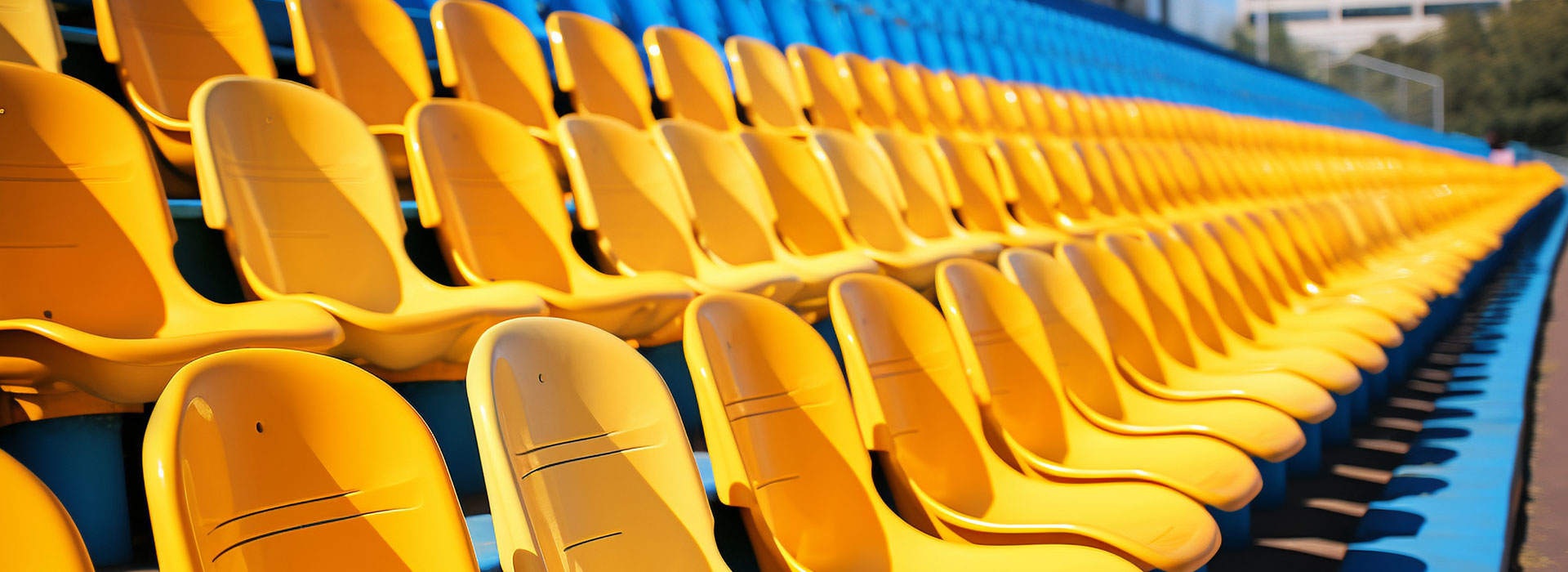Differences between masterbatches
2024-05-20
Special masterbatches: Masterbatches made by using the same plastic as the carrier according to the plastic type specified by the user for the product. For example, PP masterbatches and ABS masterbatches use PP and ABS as the carriers respectively.
General masterbatches: They also use a certain resin (often PE with a low melting point) as the carrier, but they can be used for coloring other resins except their carrier resin.
Most regular masterbatch companies in the world generally do not produce general masterbatches.
Technical process
The masterbatch technology generally used is the wet process. The masterbatch material is made by water phase grinding, phase transfer, water washing, drying and granulation. Only in this way can the product quality be guaranteed. In addition, while the pigment is being ground, a series of masterbatch technical tests should also be carried out, such as measuring the fineness of the sand-grinding slurry, measuring the diffusion performance of the sand-grinding slurry, measuring the solid content of the sand-grinding slurry, and measuring the fineness of the color paste.
Masterbatch is generally composed of three parts: colorant, carrier and dispersant. After being mixed in a high-speed mixer, crushed and extruded into particles, masterbatch has significant advantages in the plastic processing process, such as high concentration, good dispersion and cleanliness.




